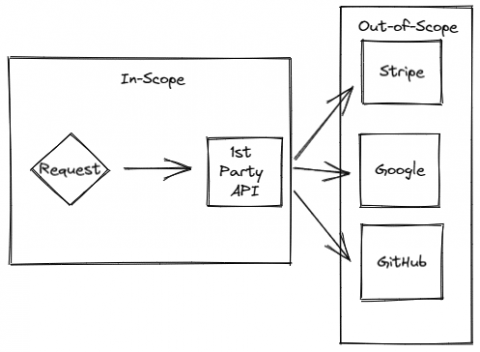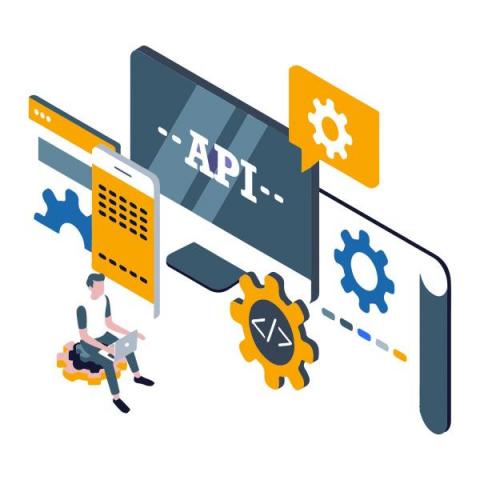Why API Monitoring is a Business Necessity
This article will discuss API Monitoring, the definition of APIs and how they would affect your business if there is a failure, and how to protect APIs or your services. Everything on the web is powered by an API nowadays. APIs are an essential part of the web to connect different services that help customers complete their actions. This article will help you understand the importance of API and why API monitoring is a business necessity.












